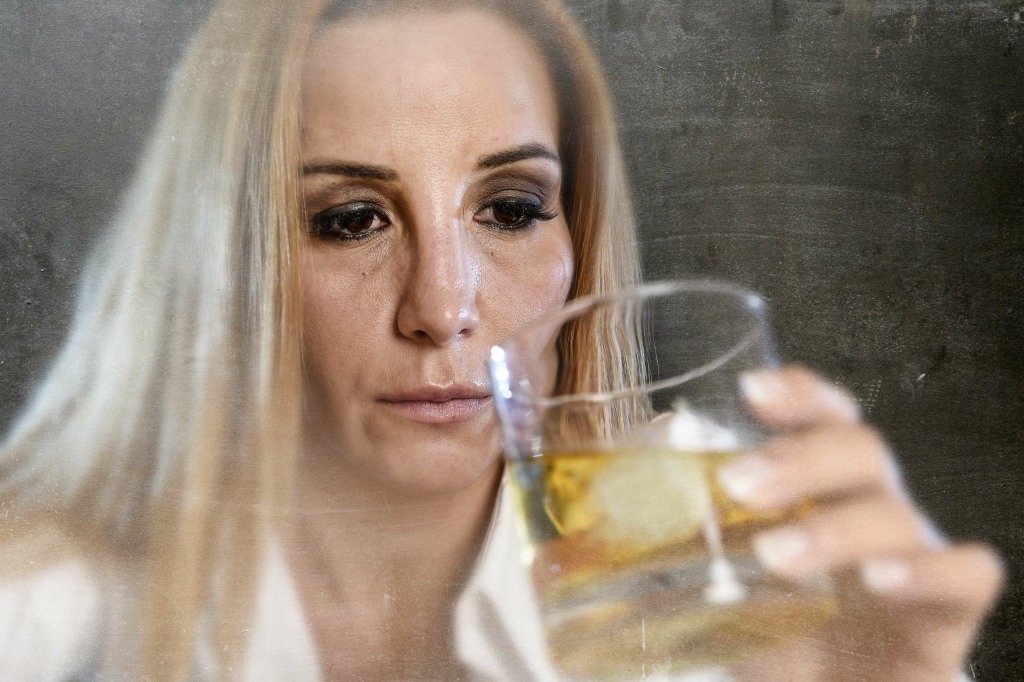- By Cindi Gott
- In BLOG Posts
Alcohol Relapse: A Deep Dive into the Statistics and Recovery Challenges
I don’t believe that is true because many people live in long-term recovery without a single relapse. Therefore, this 40-60% relapse rate is not a valid predictor of an individual’s long-term recovery. If 40 to 60% of patients in recovery from alcohol or substance use disorder relapse, 40 to 60% of people in long-term recovery
I don’t believe that is true because many people live in long-term recovery without a single relapse. Therefore, this 40-60% relapse rate is not a valid predictor of an individual’s long-term recovery. If 40 to 60% of patients in recovery from alcohol or substance use disorder relapse, 40 to 60% of people in long-term recovery will not relapse.
Summary of Typical Recovery Attempts
We actually don’t know as much as we might about recovery trajectories and, in terms of the number of attempts needed, there may be grounds for greater hope. If you notice any of these signs or symptoms, call 911 immediately, try to wake the person, check for breathing, administer Naloxone if possible and stay with the person until medical help arrives. If you are friend or family to someone with an opioid use disorder, it would be a good idea to keep Naloxone on hand for if and when an overdose occurs. Use of this site constitutes acceptance of Sober Recovery’s “Terms of Use”, “Privacy Policy”, “Cookie Policy”, and “Health Disclaimer”.
- However, compared to untreated individuals with active alcohol use disorders, untreated remitted individuals are older and more likely to be women, married and employed and have a later onset of alcohol problems 15-17.
- Estimates suggest that between 50% to 60% of individuals who receive treatment for alcohol addiction in specialized alcohol services achieve positive outcomes.
- However, it’s encouraging to note that the probability of relapse decreases over time.
Drinking patterns and related indices of functioning
My experience is that people with decades of abstinence clearly can and do relapse, but the incidence is very low. I’ve seen it triggered by opiate prescriptions, acute pain, and other life stressors. Often, the people who relapse have stopped engaging in the recovery-oriented practices that served them well during their earlier sobriety. We certainly need to learn more about what factors protect such people from relapse, and what factors predispose them to returning to addictive use.
How Long Does Each Stage of Recovery Take?
- Strong social support networks play a crucial role, aiding individuals to stay committed and accountable during their recovery.
- Estimates of the number of “quit attempts” have been reported and described extensively in the tobacco cessation literature, yet few studies have reported on the number of recovery attempts among those suffering from AOD problems.
- The AA 12-step approach involves psychosocial techniques used in changing behavior (eg, rewards, social support networks, role models).
- Whatever your goals, it’s the struggle to get there that’s most rewarding.
- The adjustment phase of recovery is often characterized by repeated triggers, emotional instability, and doubts about long-term sobriety.
To better inform treatment, researchers with the Fralin Biomedical Research Institute at VTC’s Addiction Recovery Research Center wanted to better understand how the experience of quitting differed across how many relapses before sobriety substances. This approach helps people in recovery anticipate the factors that might cause them to engage in their addictive behavior again—and to plan ahead for these situations. During this stage, a person will find a window of opportunity to engage in substance use again. In addition, we examined interactions between the help status and relapse status groups.
- In this pharmaceutical erathat reminds us constantly that there is a medication to help with any problem,taking a pill can seem quite normal.
- Prochaska, DiClemente and Norcross created the stages of change or transtheoretical model in 1983 to help people quit smoking.
- Having a substance abuse disorder likealcohol use disorderoralcoholismmeans that you have a chronic health condition, much like diabetes or high blood pressure.
- Statistics highlight that relapse is a significant challenge for individuals recovering from substance use disorders.
- In recent years, researchers have gathered comprehensive data on how frequently people relapse, which substances carry the highest risk, and what external and internal triggers often lead to a return to drug or alcohol use.
Studies suggest that approximately 50% of individuals who have a slip or lapse in alcohol use go on to have a full relapse, emphasizing the importance of addressing these moments promptly and seeking appropriate support. Before the physical stage of relapse, we can look out for emotional or psychological signs such as romanticizing drinking, thinking about drug addiction alcohol, increased stress, and more. As the data shows, alcohol relapse can be a common part of recovery from alcohol dependence and alcohol use disorder (AUD).


